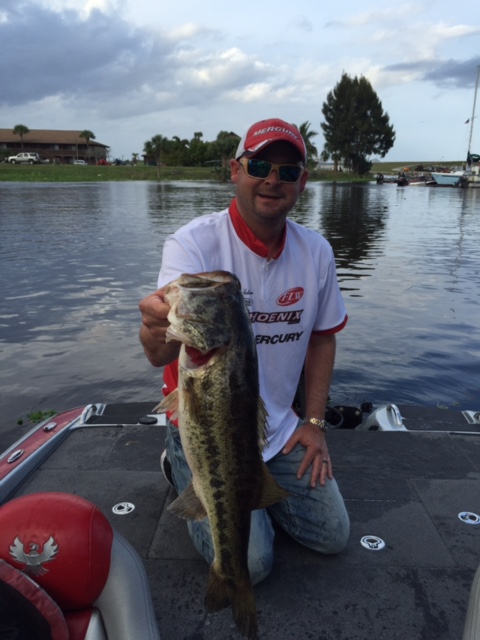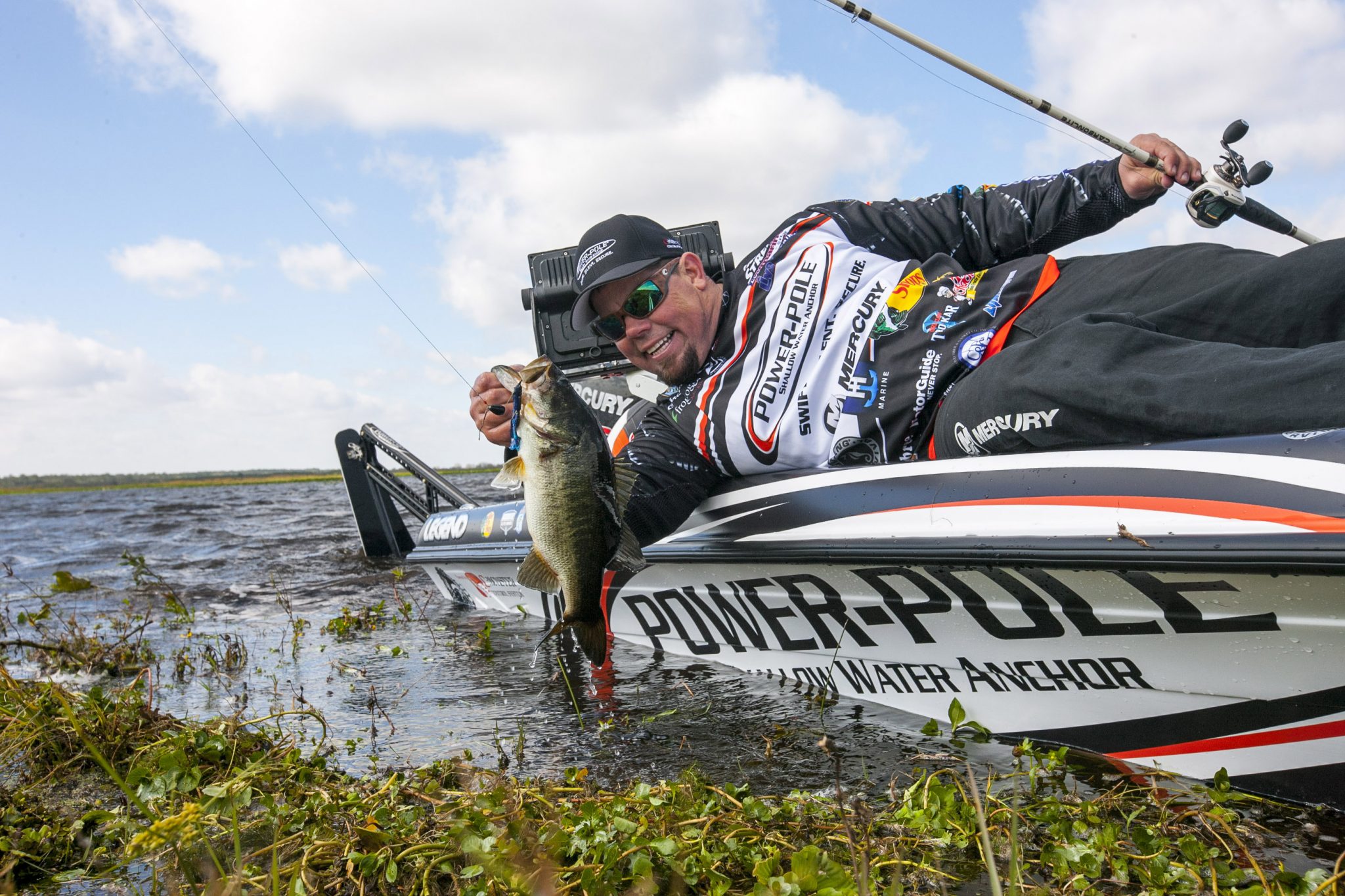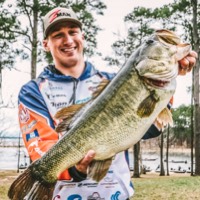- BassEdge.com - Pursue Your Passion
Using A Fishing Log By Glenn Mann

THE EDGE – Episode 227 – Brad Hallman
March 1, 2016
THE EDGE – Episode 228 – Chris Lane
March 15, 2016For most of us, a day on the water is filled with a range of excitement. There is the constant anticipation with every cast that a big bite is only moments away, the exhilaration of adrenaline and joy when you land that big fish, and the emotional high that results from a load of keepers in your live well! With all that excitement in the air, it can hard to step back, pause for a few minutes, and take notes as you fish. After all, there are a good dozen casts you are missing while you jot notes down in your notebook!
Can a notebook really help you catch more fish? The answer is – absolutely. Every minute you spend taking notes will come back to you tenfold in the future when you navigate these same waters. Why else do you think all the top professionals in our sport take notes? Taking good notes is one of many factors that got them where they are today.
There are many ways to record fishing trips. You can purchase pre-made log books with fill in the blank questions on each page. You can purchase computer programs that allow you to type in the information and quickly sort through it, organize it, and even print reports, or you can just use a simple spiral notebook. Many anglers prefer to use a small notebook in the field, but then transfer it to a database once they are back home. Any method you choose will work as long as you utilize it. You can customize your log to fit your needs.
If you are using a notebook style log you might want a separate page for each lake you fish. Write the name of the lake at the top of the page. Under the name of the lake you will need a column system of some type to write the critical factors for that day on the water.
Weather and water conditions are one of the most important factors if you hope to repeat a catch. It is amazing how much the air and water temperature can change year to year.
The water temperature has a strong influence on the fish and will determine the technique you should be fishing. The wind, sun, and clouds are all important to note.
Location on the lake and the type of structure you were fishing will help you repeat the same technique in different areas of the lake and on lakes with similar characteristics.
Be sure to note the depth the fish were caught in and I like to note the depth of water the boat was in.
Lure selection is important. It is just as important to list what didn’t work, as it is to list what worked. Who knows, perhaps that particular day you didn’t even try the magic bait that would have landed the biggest fish! With a proper log, you will know what you didn’t try, and can give it a shot the next time you are in the same area. I want to know what lure was used, its color and size, how it was fished, and line size and type.
The final detail is the reason we are on water, the fish. You can make this as simple or as complex as you would like. I only note the amount of keepers and non-keepers.
Some of you may want to break it down in more detail but, when fishing a tournament my first goal is to look in my log and go to the areas that I can get a limit in the boat as quick as possible.
Keeping and utilizing a fishing log will help you catch more fish. Regardless of what species you fish for.


